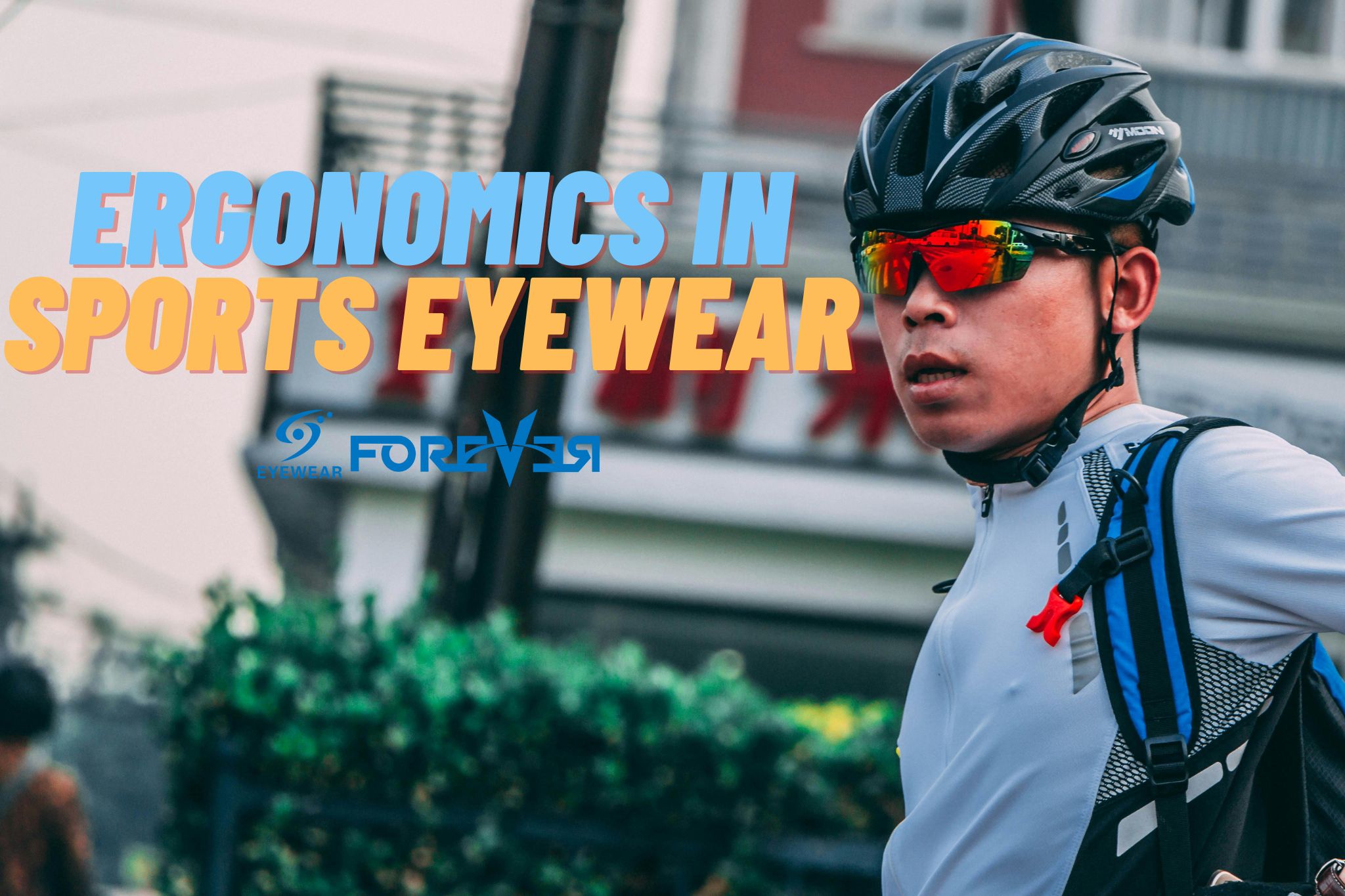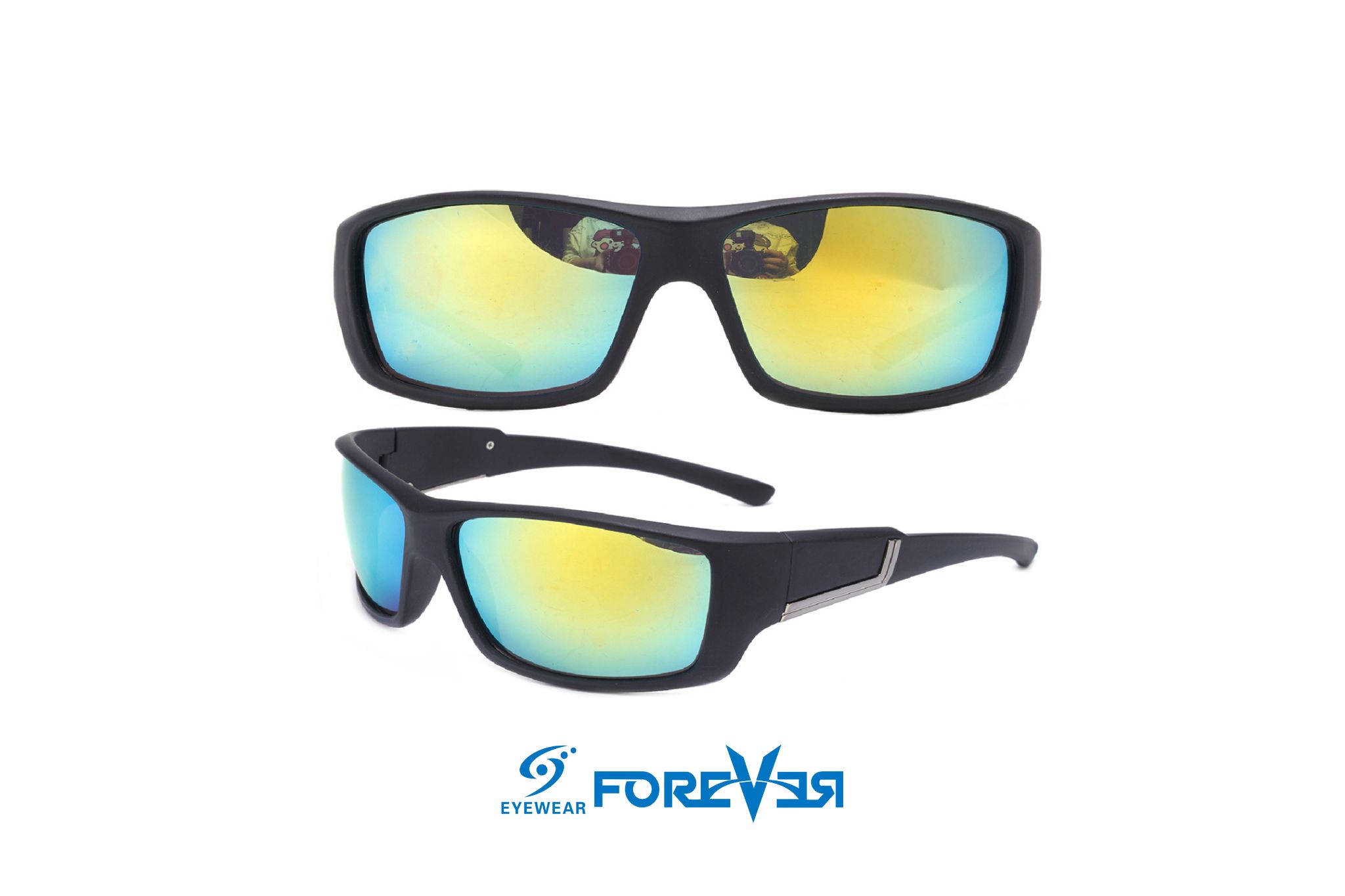Ergonomics in Sports Eyewear
In the sports world, every gear is meant to improve performance and comfort. Eyewear is no different, though it often goes unnoticed. Professional and non-professional athletes require gear that will not only protect but also enhance their experience. Ergonomics is about just that — designing eyewear that will fit perfectly within the athlete's performance and physiology.

Active Lifestyle Performance
Sports eyewear ergonomics design caters to the specific demands of active people. First things first, comfort, stability, and fit are the basic priorities. Frames should rest appropriately over the face without creating any kind of pressing points on the face, even at the time of vigorous movement, to avoid discomfort. This can be made possible by making sure that such glasses come with such features as flexible temples, adjustable nose pads, and light materials. That is to say, it means that no matter how much an athlete moves, runs, or jumps about, these glasses will stay in place.

Optimal Fit and Comfort
The ergonomic design of sports eyewear aims to optimize the fitting feature for the diverse facial structures and sizes of different individuals. In doing so, it avoids any problems related to general use such as slipping, bouncing, and fogging that could be disturbing as far as the performance of any athlete is concerned. Furthermore, if fit custom or adjustable to the athlete’s particular need makes it more appropriate and less obtrusive during the time of performance. Presently, modern sports eyewear is manufactured using high-performance materials that provide comfort and are long-lasting.
Conclusion
Ergonomics in sports eyewear is far more than just comfortable. It is a major factor that supports the level of performance an athlete is capable of delivering. Considering aspects such as the fit, weight, and longevity, ergonomic eyewear makes it possible for athletes to concentrate fully on their performance without being diverted by ill-fitting and uncomfortable eyewear.
